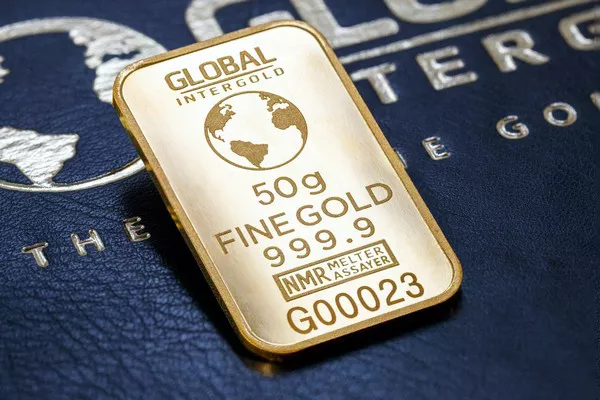Gold (XAU/USD) saw an uptick, trading in the $2,320s on Thursday after experiencing some volatility. The precious metal remains within the range of $2,270 to $2,450, established since April and early May.
The rise in gold prices followed the release of the US Producer Price Index (PPI) data for May. According to the US Bureau of Labor Statistics, producer prices fell by 0.2% month-over-month, contrasting with the revised 0.5% increase in April and missing the 0.2% consensus estimate.
The PPI excluding food and energy remained flat in May, compared to a 0.5% rise in April and falling short of the 0.3% expected increase. Year-over-year, headline PPI rose 2.2% in May, down from the revised 2.3% in April and below the forecasted 2.5%. The PPI excluding food and energy increased by 2.3%, also lower than the previous month’s 2.4% and the expected 2.4%.
This data, often referred to as “factory gate price” inflation, suggests that the Federal Reserve (Fed) might cut interest rates sooner than anticipated. Lower interest rates decrease the opportunity cost of holding non-yielding assets like gold, making it more attractive to investors.
Gold also benefited from US job market data, which revealed an increase in Initial Jobless Claims to 242,000 for the week ending June 7, up from the previous week’s 229,000 and above the forecast of 225,000. This further adjusted near-term interest rate expectations downward, bolstering gold prices.
Gold prices surged after the release of the US Consumer Price Index (CPI) data for May on Wednesday. The headline CPI showed no month-over-month increase, maintaining stability from April’s 0.3% rise, and a 3.3% year-over-year increase, slightly down from 3.4%. Both figures were below the anticipated 0.1% MoM and 3.4% YoY.
Excluding food and energy, the CPI rose by 0.2% MoM, down from 0.3% in April, and increased by 3.4% YoY, down from 3.6%. These figures also fell short of the 0.3% and 3.5% expectations, respectively. The cooler-than-expected CPI data led to a sell-off in the US Dollar, which is negatively correlated with gold.
Following the CPI data release, gold prices rose by over half a percent, peaking at $2,342. This rise counterbalanced the US Nonfarm Payrolls (NFP) data from Friday, which indicated a robust labor market and rising wages, expected to exert upward pressure on inflation.
However, market optimism for lower interest rates was tempered by the Federal Reserve’s latest outlook. At their June meeting, the Fed chose not to alter interest rates but significantly revised down their projections for future rate cuts. The Fed’s Summary of Economic Projections (SEP) now indicates only one 0.25% rate reduction in 2024, down from three such cuts projected in March.
“The revised SEP, the so-called dot-plot published alongside the policy statement, showed that 4 of 19 officials saw no rate cuts in 2024, 7 projected a 25 basis points (bps) rate reduction, while 8 marked down a 50 bps cut in the policy rate,” noted Eren Sengezer, Lead Analyst at FXStreet.
In response, gold prices retreated, closing the day at $2,325.


